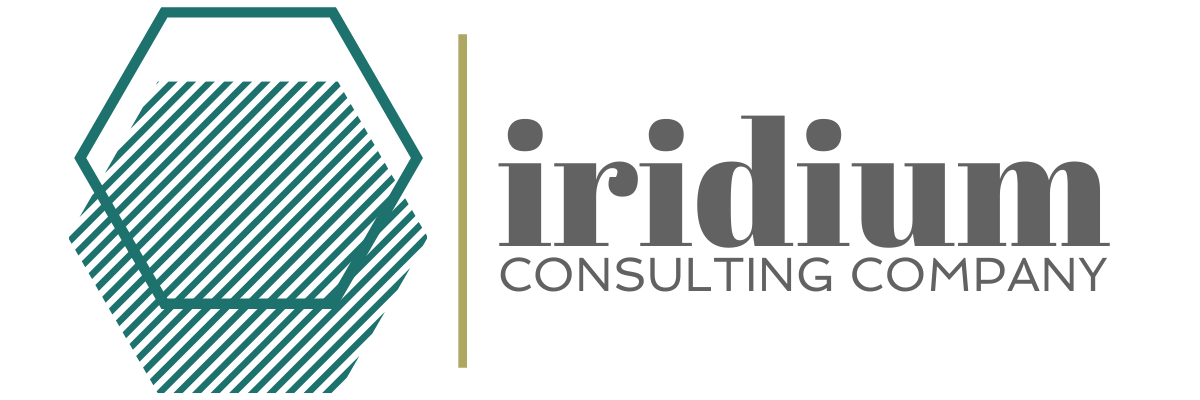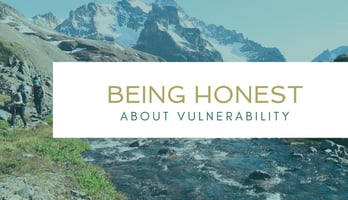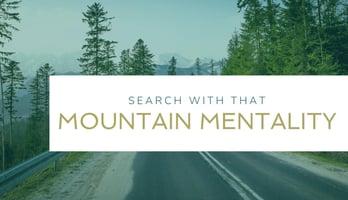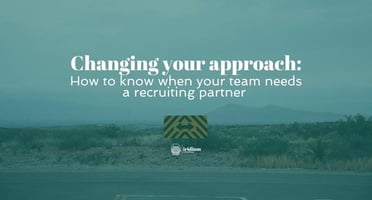It has been a strange year. A year of hardship, growth, resiliency, successes, and failures....
Showing Your Value as an Energy Professional: Networking Edition
It has been a few weeks since we participated in the “Knowing and Showing Your Value: Discovering Opportunities as an Energy Professional” event co-hosted by CU Denver’s Global Energy Management (GEM) Program and the Denver chapter of the Young Professionals in Energy group. The purpose of the panel was to provide insights on how to position yourself for success across the sector. Since I already covered the resume aspects in my previous article, I’m here to share the key takeaways from the event regarding networking both online and offline.
Reconsider Your Approach
Networking. We are constantly inundated with blogs, podcasts, events, and more praising the benefits of networking as a crucial part of being a modern-day professional. There’s a good reason for that. However, with so much hype around networking, it can feel daunting, overwhelming, impossible, and even not worthwhile. Put simply, networking has become something that you are supposed to do when it should be something you want to do. Instead of approaching it like a trip to the dentist, change your perspective and view it as a good habit like the practice of going to the gym – it will make you a healthier professional in the marketplace, providing positive personal and business outcomes in the process.
It’s a Two-Way Street
Networking isn’t something that can be done alone. Like it or not, it is a two-way street. Most people who struggle with networking forget this key point. In order to be successful at it, there should be a mutual benefit to establishing the relationship whether it is online or in person. When you are considering making new connections, don’t just think about what you want to get out of it, be prepared to also give something in return. Whether you are currently looking for a job, a new business development lead, or just wanting to learn more about a topic, making new meaningful connections is essential for professional growth on an ongoing basis. The most successful networkers approach it with a genuine spirit of service because they understand that building relationships is an important long-term strategy as a professional, whether or not the immediate outcome is achieved.
Put It to Practice
With that in mind, be strategic, thoughtful and deliberate with your LinkedIn connection invites says Keenan Austin, Sr. Land Rights Agent at Xcel Energy. “Don’t just send a connection, explain why you are connecting.” A great way to do so is by utilizing the “add note” feature to explain why you want to connect when you click Connect in the browser version of LinkedIn. Doing so puts in you a great position according to Austin, “if you do get the connection, that gets you the ability to follow up with the door open.” Caley Van Cleave, VP of Business Development and Recruiting at Iridium Staffing, also supported that tactic, especially for individuals that are looking to make a job change or transition into a different part of the energy sector. “Have a curiosity and a specific ask so you are reaching out with a purpose,” she says adding, “you should be doing this all the time as an energy professional.”
The work doesn’t stop with the connecting though. Once you have opened the door for a discussion, be prepared to discuss the specific ask that you reached out about. A key component of this is being extremely cognizant of the other person’s time. Whether you are doing a call or meeting in person, be sure to explicitly ask the individual how much time they have available, then stick to that during your engagement, working with whatever you are given. For example, Austin says that he is only able to make fifteen minutes for conversation sometimes, but the point is that he is still able to set aside some time. If you approach your conversation from a space of gratitude that the person you are talking with is making time for you, rather than taking offense at the time you are being given, that will make for a much more pleasant and fruitful conversation. It is then your responsibility to make the best use of that window of opportunity. Taking the time to prepare for the interaction, doing research on the topics you’d like to cover. Planning out what your key objectives are will allow you to prioritize your time with the individual you are talking to.
Conversely, if someone sends you a similar request, be mindful of what being on the receiving end is like and navigate accordingly. Don’t be afraid to set your own time constraints or to ask what the purpose of the intended engagement is ahead of time to ensure that you fully understand what they are hoping to achieve with the conversation. If you aren't the right person for their request, consider making an introduction to another individual that might be better suited to help.
Don’t Let “Duh” Drag You Down
LinkedIn has been around for so many years at this point, that a whole host of best practices are now etched in our minds. You have probably had connections in your own network that you have looked at and thought “why would they do that?” or “why would they post that?” If you haven’t, it likely means that you aren’t checking your LinkedIn enough or that your network is relatively small. Here are some of the most common LinkedIn behaviors and mistakes to avoid:
Incomplete Profile – Just as a well-crafted resume is essential to a job hunt, a complete and thorough LinkedIn profile is key to being an effective energy professional. Once you have your resume dialed in (see my last article for more on that), simply use that as a basis for filling out your profile. Make sure that the dates, titles, and company names are correct for each place of employment, then simply copy/paste the details from your resume into the descriptions of each role you’ve had. This allows others to see your full professional experience and value which can open the door for all kinds of opportunities from speaking engagements and business development to new potential roles.
Photo No-no’s – LinkedIn profile photos should be professional looking photos of just you. According to LinkedIn’s own research, “members who include a profile photo receive 21x more profile views and up to 36x more messages” while “LinkedIn profiles with professional headshots get 14x more profile views.” You might be thinking that a photo of you climbing a mountain or with your family is the most accurate reflection of you, so it belongs in your profile picture. However, it’s important to remember that LinkedIn is a professional network and you want a photo that allows others to easily recognize you both online and in person. If you want to highlight your hobby, family, pets, or passions, utilize the LinkedIn cover image on your profile for those personalized photos. Here's a link how to do so if you aren't sure.
Platform Problems – Again, LinkedIn is a professional platform designed for the purpose of sharing business-related information. It is critical to keep this in mind when making posts. Before you post, consider “what will my professional network think of this?” and “how will this reflect on me professionally?” If you are about to post something that you wouldn’t feel comfortable sharing in-person with every person in your network, it probably isn’t a good choice for LinkedIn. This especially rings true for content that is better suited for personal platforms like Facebook, Instagram, and Twitter such as memes, fluff pieces, political discourse that is unrelated to business, personal photos, and unrelated life updates. If you don’t think what you post on LinkedIn matters, think again. Here are some reasons to consider: 90% of recruiters use LinkedIn regularly, 80% of B2B leads come from LinkedIn (versus Twitter at 13% and Facebook at 7%), and 45% of article readers are in upper-level positions (managers, VPs, Directors, C-level) according to Omnicore. While there is no rule of thumb, use your best judgment and err on the side of caution if you are unsure.
Know Your Code – In some instances, there are actual rules when it comes to engaging on LinkedIn. Employer and employee lawsuits as the result of online actions have made headlines (and even policy) several times since LinkedIn launched in 2003. As such, several states have ruled on related cases which have prompted thousands of companies to incorporate social media policies into employee documentation. Knowing if and what your company’s social media use policy looks like is an important aspect of ensuring that your online behaviors will not cause problems for you in the workplace.
There you have it - a strong foundation for getting out there and networking. Remember that, at its core, networking is just about being curious and having conversations, so there is no right or wrong way to do it. Use these techniques and pointers as you work on your own style of engagement. If you'd like a little extra assistance, we're here to help you on a personal basis through our Private Coaching Services (find out more here).




